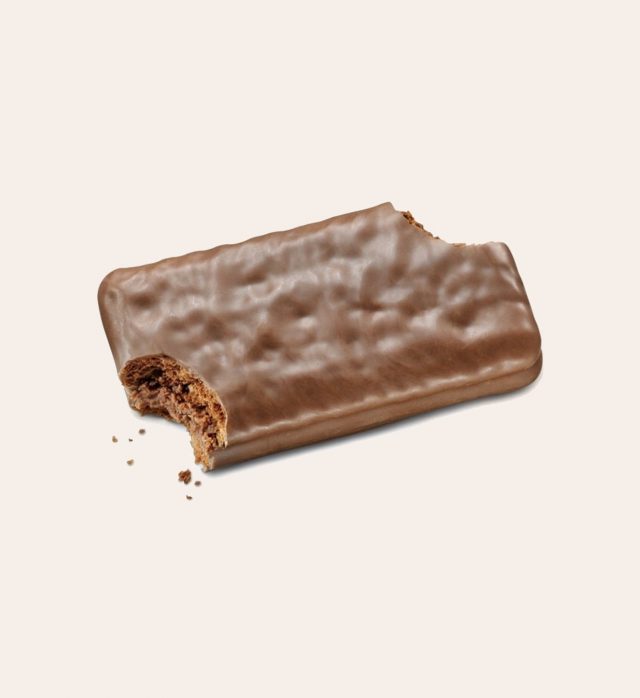theguardian– “Light candles, gather shrubbery, do it, do it now,” was Signe Johansen’s advice the other day: small rituals against dark days. Advice is like plastic: there is just too much of it, and I am like plastic in the face of most advice – stubborn and impermeable. But this advice came at just the right moment, so I took it. Also because I needed bay leaves (which come from bay trees, I know, but which can also be shrubs. Or are they a plant that cannot decide if it is a tree or a shrub? A trub? In which case, I needed trubbery.)
One day, I hope to have a garden with mounds of herbs, a tree I can climb and a folly. But, until I do, I gather shubbery, trubbery and herbs, in small quantities, from the scraggy fringes of Monte Testaccio, once an ancient rubbish dump and now Rome’s wildest hill. Bay – alloro in Italian – is a particularly satisfying leaf to collect; it requires a decisive tug, which releases its eucalyptus and tea scent that then fills your pockets as you walk home. My Greek neighbour in London used to dry them on a newspaper in her small front porch, some still on their branches, others laid out like a game of patience, and I would watch them turn from glossy green to muted moss. She was also the person who first explained to me that bay, like oregano, comes into its own when dried, its scent developing a spicy and peppery side, the green bitterness becoming sweeter. After 10 days of drying, bay is at the height of its powers, apparently. Although it will hang on to its fragrance for up to a year in a jar, ready to share its flavour with soups, sauces and stews.
Another way to dry bay is around a sweet called nociata. Originating in Sabina, an ancient region north of Rome that spreads between the more recently defined regions of Lazio, Umbria and Abruzzo, nociata is a Christmas sweet made from honey and walnuts. It is a satisfying to make, the walnuts (which you chop into a sandy rubble) thickening the honey into something between fudge and toffee. This then sets, but not solid, so it is possible to cut the sandy-coloured mixture into lozenges that you then sandwich between two fresh bay leaves, which dry around the sweet, and in doing so give it fragrance. Again, 10 days is ideal, but nociata will keep much longer in a tin.
Another three-ingredient Christmas sweet I have plans to make are chocolate coins. These are nothing more than a hot mixture of melted dark chocolate, chopped hazelnuts and currants that’s poured into a circle (or whatever shapes happen) on parchment and left to set.
Having and making plans is very different from making sweets (or mincemeat, Christmas pudding, cards). And even if the sweets get made, they then have to be put into bags, then padded envelopes and taken to the post office, which is just the start of a journey. So many hurdles. Not that hurdles should inhibit plans, this year more than ever. Or diminish the pleasure of collecting bay leaves and wiping them with a damp cloth, smashing walnuts and hazelnuts, spreading parchment on the table and pouring – also pouring a drink.
According to a friend from Sabina, when nociata is eaten at Christmas, once the leaves are pulled away from the sticky, scented sweet, they are thrown on to the fire so the smell fills the room once more. One day there will be a fire, but, until then, I will wave crisp, sticky bay leaves through a candle or put them on top of the radiator with the clementine peel.
Chocolate, hazelnut and currant discs (pictured above)
Currants are ideal here: tiny and sweet, but with a tannic, seedy crunch, they are completely different from other dried fruits, and complement the buttery nature of hazelnuts. Obviously, a bain-marie or pan balanced over simmering water is essential for melting the chocolate, as is working fast, so the chocolate spreads gently into rounds – more or less. Store in an airtight tin lined with baking paper, with more paper between layers, and consume within six weeks.
Prep 5 min
Cook 10 min
Makes 15-20
200g dark chocolate
100g toasted hazelnuts (or other nut of your choice), finely chopped
50g currants (or other dried fruit of your choice)
1 pinch flaky salt, crumbled completely (optional)
Spread a large sheet of greaseproof paper on a board, baking tray or work surface where it can sit undisturbed.
Break the chocolate into pieces, then put it in a bowl balanced over a pan of barely simmering water and leave to melt.
Mix the nuts and currants (and salt, if you are using it) with the chocolate, then, working quickly, use a spoon to plop blobs of the mixture on to the paper – keep them spaced well apart, because they will spread into discs. Leave to cool and set.
Walnut, honey and bay leaf sweets (nociata)
Get the paper ready before you start cooking. The walnuts and honey need to simmer for at least 10 minutes, with you stirring, before the mixture starts tugging away from the sides of the pan, like nutty fudge. Have no fear: it will slice into lozenges. For added excitement, steal bay leaves from a neighbour’s tree. These will last for months, but are best 10-15 days after making. Store in an airtight tin lined with baking paper, with more paper between layers.
Prep 5 min
Cook 12 min
Set 15 min
Makes 30-35
50 bay leaves
350g shelled walnuts
350g runny honey
Wipe the bay leaves with a damp cloth. Chop the walnuts into a coarse, sandy rubble. Pour the honey into a small pan and warm over a low heat until it bubbles at the edges. Add the walnuts and cook, stirring, for about 12 minutes, or until the mixture is thick and coming away from the sides of the pan.
Pour the mixture on to a marble surface or a sheet of greaseproof paper, and – using wet hands or another sheet of paper on top, and taking care – press the mixture until it is 3mm thick. Leave to set for 15 minutes.
When it is just set, but still warm, cut into triangles roughly the size of a bay leaf, then sandwich between two leaves. Be careful not to touch the mix while it is still hot, but once it is cool enough, hands are the best tool for pressing it flat.







